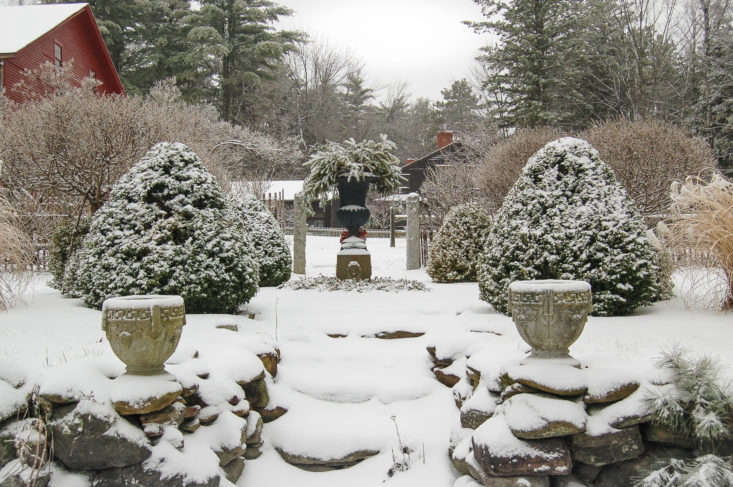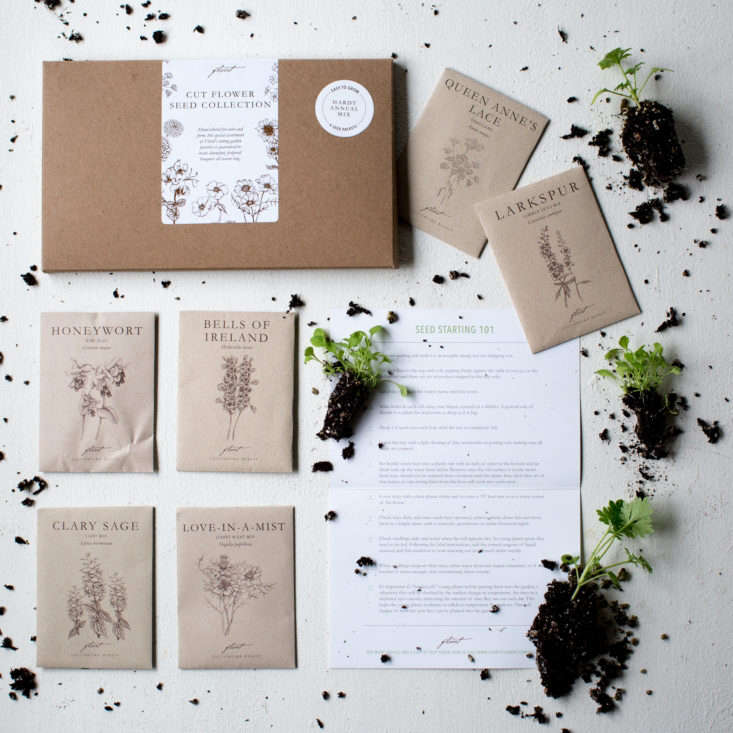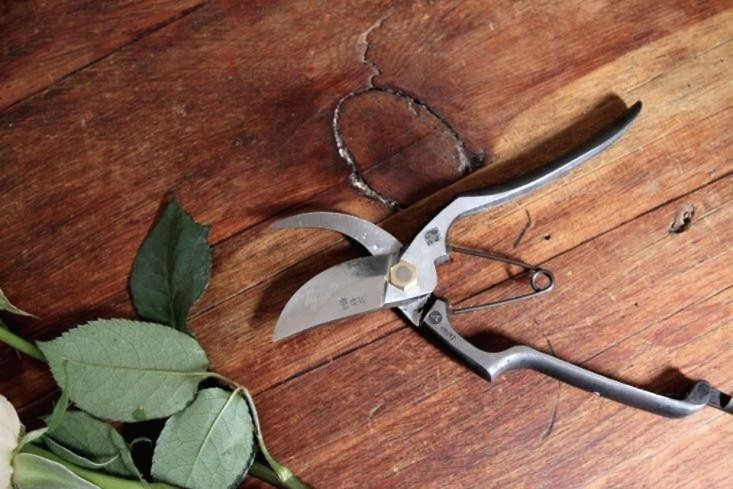Considering how much I truly love the sight of a healthy, lush garden, it’s shocking how much I look forward to the winter months. That’s because when plants look brown and scraggly in the cold season, it’s not my fault. (Blame Mother Nature!) Just as baseball players take winter off to relax before spring training, gardeners also should be able to have an off season. No planting, no weeding, no watering, no stressing.
At least that’s what I thought. Michelle recently burst my bubble. She told me there actually are quite a few things I can do to in the cold season to ensure a healthier landscape come spring. She’s right, unfortunately.
Here, 10 things to do in the garden in December:
1. Prune and trim.

If you have fruit trees, bushes, shrubs, or roses, now’s the time to cut off dead branches and trim for shape. It’s easier to see what and where to prune in the winter, when there’s less foliage. See 10 Easy Pieces: Garden Pruners for some of our favorite pruning tools. Got a pine tree that could use a trim? See DIY: Pruning Pine Trees in Winter.
2. Clear the gutters.

After all the leaves have fallen from the trees, be sure to have your gutters cleared. They are likely filled with dead foliage and twigs, clogging and preventing them from doing their job. See Hardscaping 101: Rain Gutters for more information.
3. Feed the birds.

Birds can’t rely on worms and fruits in the winter for food. Instead they turn to seeds, and that’s something you as their human neighbor can help them stock up on. Make sure to place the bird feeder in a spot that’s sheltered from strong winds. See 10 Easy Pieces: Bird Feeders.
4. Protect fragile plants.

Most plants can weather the colder months just fine, but some need a layer of added protection. Spring-blooming shrubs such as azaleas and rhododendron, fragile blooms including dahlias, and citrus trees are some plants that could use an extra layer in the winter. See Garden Hacks: 10 Genius Ideas to Keep Plants Warm in Winter.
5. Mulch with straw.

Gardeners add mulch in the spring to prevent weeds and lock in moisture, but mulch is also important in the winter. A layer of straw as mulch protects the soil from temperature fluctuations, so that the ground stays frozen—and the plants dormant.
6. Continue to compost.

Yes, decomposition slows down in winter, but there’s no reason to stop composting. When warm weather rolls around, your compost will start cooking again.
7. Remove snow.

Go ahead and admire the all-white pristine landscape after a snowfall. Then head outside and brush the snow off tree branches, shrubs, and bushes; the added weight can bend and contort plants. (But do keep the snow on the ground as it acts as an insulator.)
8. Turn off sprinklers.

To prevent frozen pipes, shut off the water supply to the sprinklers. If you have an automatic irrigation system, shut down the controller. Make sure to empty and store hoses so they don’t crack from freezing temperatures.
9. Order seeds.

Seed catalogs start coming out in early winter—just in time for some prime armchair gardening. Spend time planning your spring garden, then get a head start by actually ordering the seeds before they run out.
10. Prepare your tools.

Take inventory of all your gardening tools. Replace or fix broken items, clean tools, and sharpen blades. When warmer weather rolls around, you’ll be ready to roll. No excuses.
For more in the Your First Garden series, see:
- Your First Garden: What You Need to Know About Cutting Back Perennials in the Fall
- Your First Garden: What You Need to Know Before You Plant a Tree or Shrub
- Your First Garden: What You Need to Do in Fall for a Lush Lawn in Spring








Have a Question or Comment About This Post?
Join the conversation